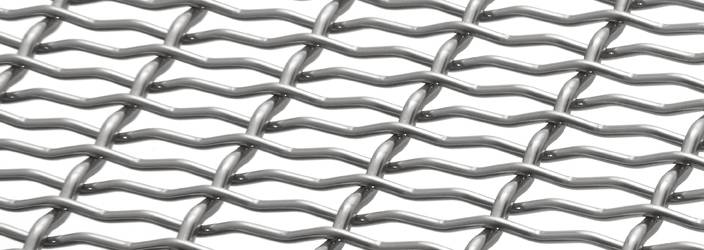Understanding the Decorative Metal Mesh Fabric Weave Pattern Names
Creating a one-of-a-kind design that effectively delivers a memorable visitor experience requires architects to explore the possibilities of the various design materials on the market. This material must provide the desired aesthetic while also being able to withstand patron contact and weather elements.
Architectural mesh, also referred to as metal mesh fabric, is widely used throughout the world of architectural design as it balances versatility, durability, and aesthetics. To make integration easier, each weave pattern used to create these mesh fabrics is given a unique name to describe the profile of the weave.
That said, what do these names mean?
Here at W.S. Tyler, we use our 20 years of experience to help architects understand everything they need to know about architectural metal mesh fabric.
To help build your knowledge, this article will cover:
- What architectural metal mesh fabric is
- The available weave types
- What the weave names mean
- What mesh is suitable for you
What Is Metal Mesh Fabric?
Architectural metal fabric is best defined as an arrangement of high-tensile, 300 series stainless steel wires woven together, forming decorative wire mesh panels. Parameters, such as the mesh pattern, percentage of open area, panel size, and wire diameter, are fully customizable, making metal fabric ideal for interior and exterior designs.
What Weave Types Are Available?
There are dozens of weave patterns used to design the various metal fabrics used throughout the world of architectural design. That said, there are four main material categories that help describe the qualities of the metal fabric: wire mesh, cable mesh, fine mesh, and specialty mesh.
Wire Mesh
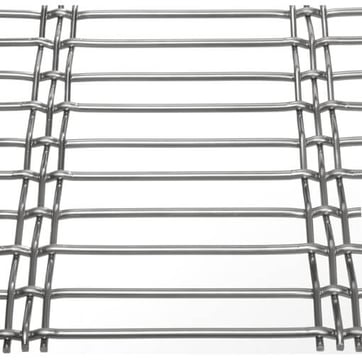
A rigid weave style that employs solid wire in both the warp and weft direction. Wire mesh is ideal for most exterior applications as it can withstand the elements while providing an awe-inspiring aesthetic when introduced to sunlight.
Cable Mesh
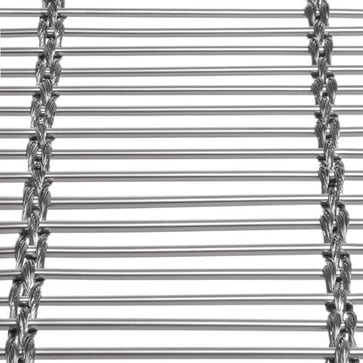
A relatively pliable weave style, especially when compared to wire mesh, that utilizes braided wire cables in the warp direction. Cable mesh is commonly used for especially facades that require the metal fabric to be flexed.
Fine Mesh
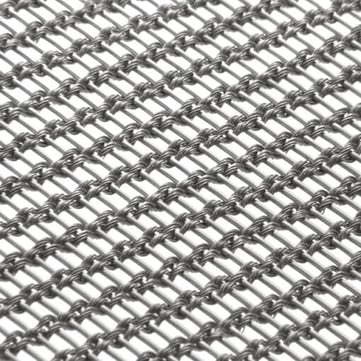
A decorative weave style that employs finer wires during the weaving process. Fine mesh is considered somewhat delicate, generally restricting its use to interior applications such as wall design.
Specialty Mesh
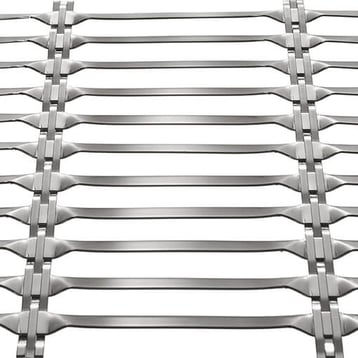
Distinct weave patterns that deliver one-of-a-kind designs. These weave patterns are often colorized and customized to truly turn a vision into a reality.
What Weave Patterns Are Available and What Do Their Names Mean?
When working with W.S. Tyler decorative metal fabrics, in particular, there are six weave pattern families that make up our mesh library. We’ll no provide insight into how the names of the weave pattern describe the profile of the metal fabric.
Egla
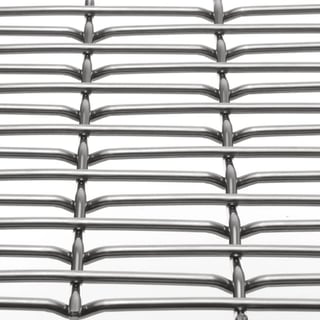
The term egla refers to the weave having a flat profile with a crimp on the backside of the shute wire. Two weave patterns fall within the egla family: egla-mono and egla-twin.
Egla-mono features a single schute wire with egla-twin have two (twin) shute wires that are positioned directly next to one another.
Doka
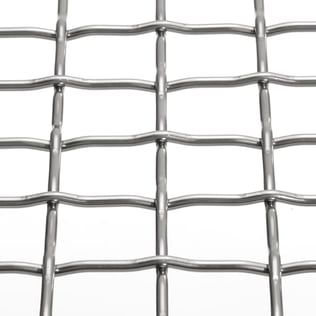
The term doka means double. When referencing decorative architectural mesh, this means doka weave patterns have a double crimp profile.
This means doka-mono, constructed out of a single wire in each direction, has two crimps at each wire intersection. Dokawell-mono, on the other hand, has a double crimp in-between any two Schute wire, with the same double interaction crimp as Doka-mono as well.
Largo
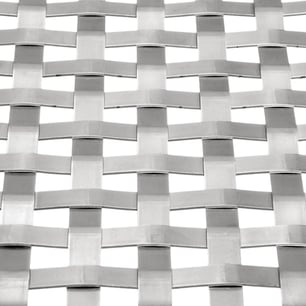
Largo simply means basket. In other words, it’s a plain, basket-style weave.
Multi-Barrette
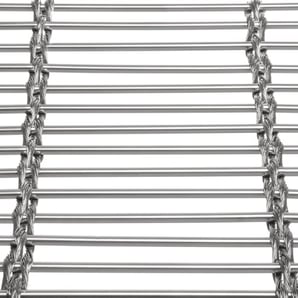
Barrette refers to the word braid, so muti-barrette is a weave pattern that features multiple braided wires in the warp direction.
Doka-Barrette
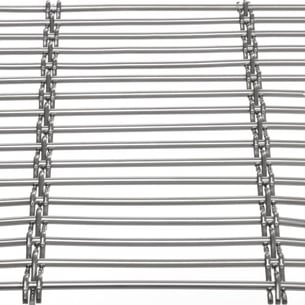
Doka-Barrette takes the double crimp profile from the other doka weave patterns and combines it with the multi warp wire profile seen in the multi-barrette weave type. That said, instead of braided wires in the warp direction, Doka-barrette utilizes solid wires that are crimped.
Alterna
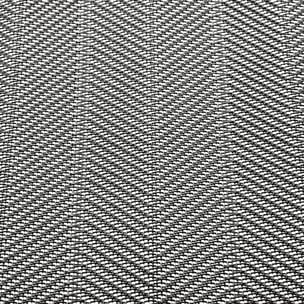
The weave name alterna refers to the weaving technique in which the heddles of the weaving loom are repositioned during the weaving process. As a result, you are left with a metal fabric that has a unique alternating herringbone pattern.
What Mesh Is Right for Me?
The metal fabric you use for your upcoming project(s) is ultimately dedicated by the application. For example, parking structures require a certain amount of open area to allow adequate airflow, limiting what patterns you can use.
Additionally, if your design calls for taller panels, a wire or cable mesh should be used as they have the durability to withstand the tension loads. However, if the application does not require the fabric to be pulled into tension, a specialty or fine mesh may provide the aesthetic you are looking for.
How Can You Apply Architectural Metal Mesh Fabric?
Architectural metal mesh fabric is a calculated arrangement of metallic wires interlocked together to form various weave patterns. To help distinguish the characteristics of these weave patterns, each pattern receives a descriptive name.
That said, once you understand how to distinguish the different weave patterns, you must determine how you will employ architectural metal fabric. This will allow you to better determine which mesh pattern you can and should use.
As prominent architectural metal mesh fabric providers with over 20 years of experience, W.S. Tyler is here to ensure your design vision becomes a reality.
To gain insight into the many ways architectural mesh can be applied, refer to the following articles:
About Ronnie Brown
Ronnie is the Content Writer for W.S. Tyler and has four years of experience as a professional writer. He strives to expand his knowledge on all things particle analysis and woven wire mesh to leverage his exceptional writing and graphic design skills, creating a one-of-a-kind experience for customers.
